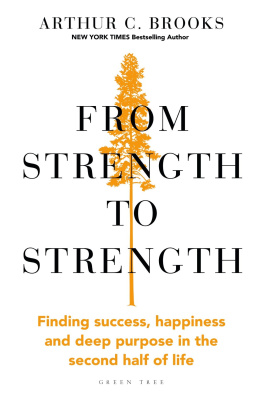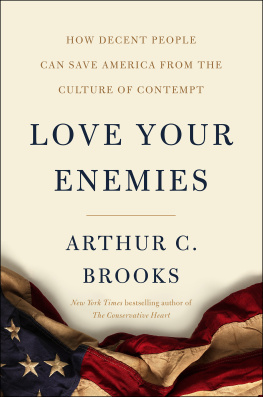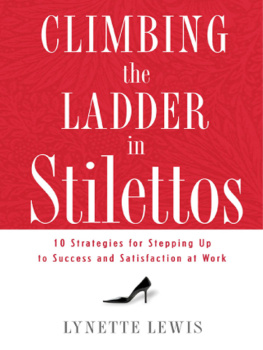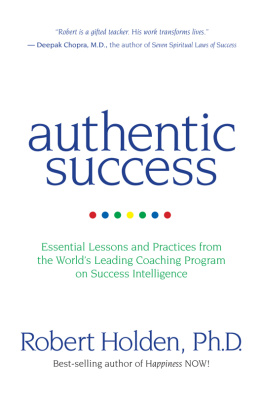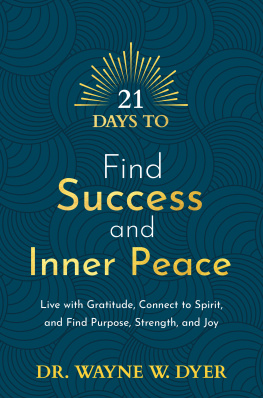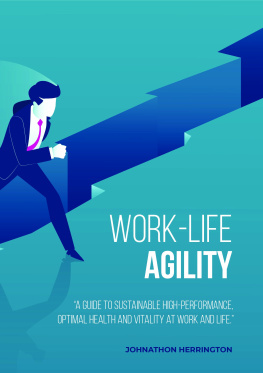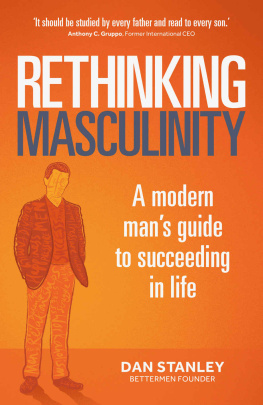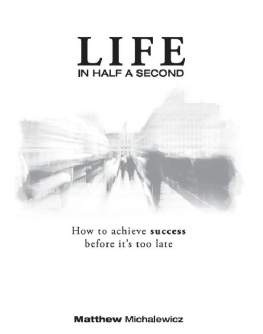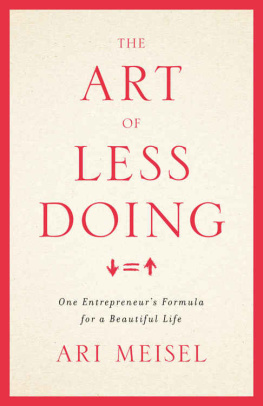Arthur C. Brooks - From Strength to Strength: Finding Success, Happiness and Deep Purpose in the Second Half of Life
Here you can read online Arthur C. Brooks - From Strength to Strength: Finding Success, Happiness and Deep Purpose in the Second Half of Life full text of the book (entire story) in english for free. Download pdf and epub, get meaning, cover and reviews about this ebook. year: 2022, publisher: Green Tree, genre: Religion. Description of the work, (preface) as well as reviews are available. Best literature library LitArk.com created for fans of good reading and offers a wide selection of genres:
Romance novel
Science fiction
Adventure
Detective
Science
History
Home and family
Prose
Art
Politics
Computer
Non-fiction
Religion
Business
Children
Humor
Choose a favorite category and find really read worthwhile books. Enjoy immersion in the world of imagination, feel the emotions of the characters or learn something new for yourself, make an fascinating discovery.
- Book:From Strength to Strength: Finding Success, Happiness and Deep Purpose in the Second Half of Life
- Author:
- Publisher:Green Tree
- Genre:
- Year:2022
- Rating:5 / 5
- Favourites:Add to favourites
- Your mark:
From Strength to Strength: Finding Success, Happiness and Deep Purpose in the Second Half of Life: summary, description and annotation
We offer to read an annotation, description, summary or preface (depends on what the author of the book "From Strength to Strength: Finding Success, Happiness and Deep Purpose in the Second Half of Life" wrote himself). If you haven't found the necessary information about the book — write in the comments, we will try to find it.
The #1 New York Times Bestseller
From the bestselling author and columnist behind The Atlantics popular How to Build a Life series, a guide to transforming the life changes we fear into a source of strength.
In the first half of life, ambitious strivers embrace a simple formula for success in work and life: focus single-mindedly, work tirelessly, sacrifice personally, and climb the ladder relentlessly.
It works. Until it doesnt.
It turns out the second half of life is governed by different rules. In middle age, many strivers begin to find success coming harder and harder, rewards less satisfying, and family relationships withering. In response, they do what strivers always do: they double down on work in an attempt to outrun decline and weakness, and deny the changes that are becoming more and more obvious. The result is often anger, fear, and disappointment at a time in life that they imagined would be full of joy, fulfillment, and pride.
It doesnt have to be that way. In From Strength to Strength, happiness expert and bestselling author Arthur C. Brooks reveals a path to beating the strivers curse. Drawing on science, classical philosophy, theology, and history, he shares counterintuitive strategies for releasing old habits and forming new life practices, showing you how to:
- Kick the habits of workaholism, success addiction, and self-objectification
- Meditate on death-in order to beat fear and live well
- Start a spiritual adventure
- Embrace weakness in a way that turns it into strength.
Change in your life is inevitable, but suffering is not. From Strength to Strength shows you how to accept the gifts of the second half of life with grace, joy, and ever deepening purpose.
Arthur C. Brooks: author's other books
Who wrote From Strength to Strength: Finding Success, Happiness and Deep Purpose in the Second Half of Life? Find out the surname, the name of the author of the book and a list of all author's works by series.

